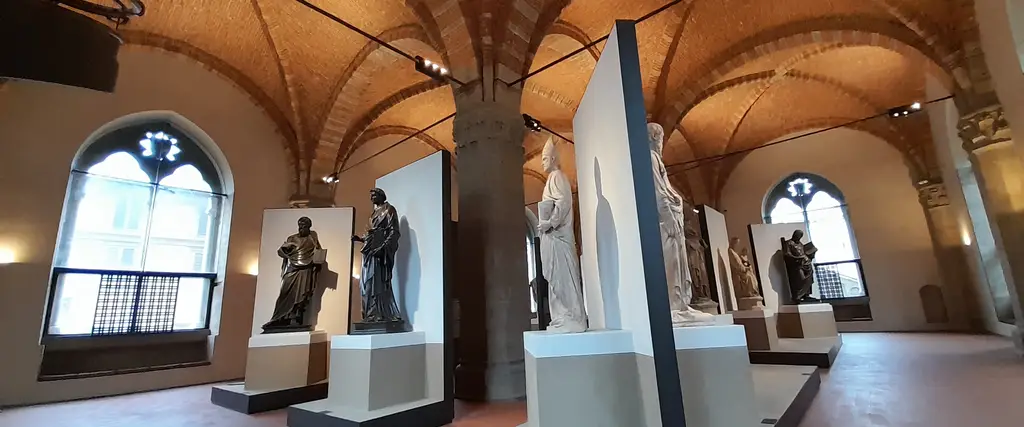
Church and Museum of Orsanmichele
The imposing building, with an unusual shape, along via Calzaioli, was built in 1337 originally as a municipal granary, near a vegetable garden named after San Michele Arcangelo; the loggia on the ground floor was subsequently closed and transformed into a church at the end of the 14th century, decorated inside by the grandiose tabernacle in marble and mosaics, a fourteenth-century work by Andrea Orcagna.
The four sides of the building are characterized by numerous tabernacles, mainly created by medieval arts and crafts guilds: many of the niches contain sculptures depicting their respective patron saints; these are mostly works from the Early Renaissance, among which we admire masterpieces by Donatello, Ghiberti, Verrocchio; most of the originals of these works are in the Orsanmichelemuseum (set up on the top floor of this splendid building) or elsewhere, such as the iconic Donatello's San Giorgio, at the Bargello.
Musei del Bargello
Useful information
Due to the service, on Sundays, the church closes at 12:00
The church is accessible by a ramp. The museum is not accessible for people in wheelchairs.
Visitors with visual impairments or blindness can touch architectural pieces and statues in a guided tour thanks to the help of the “Amici dei Musei” members.